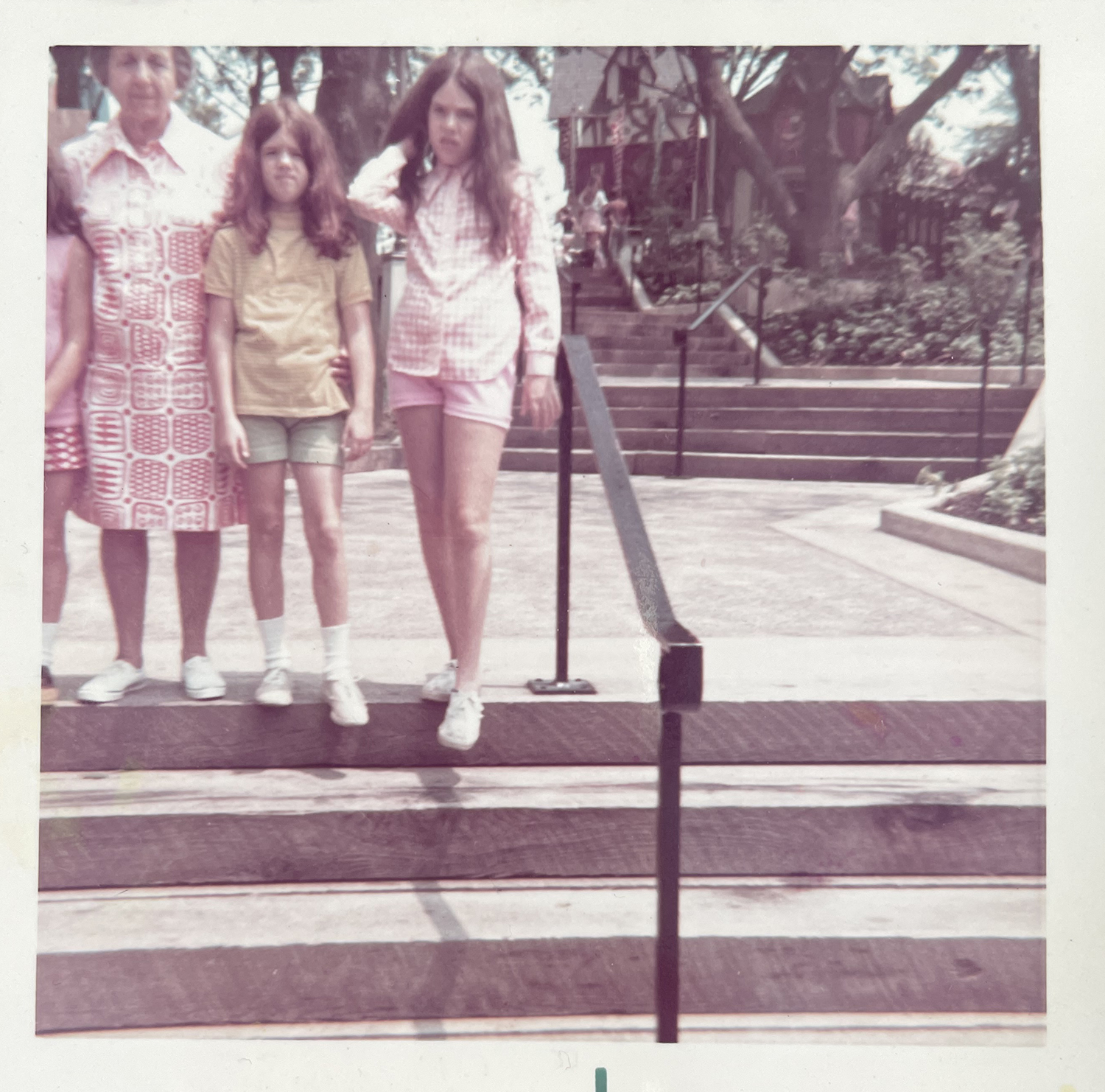Surprising Reasons to Keep Your Bad Photos

I was chatting with a client recently who mentioned that her family photos weren’t very good – she thought that many were actually “bad” photos. She was comparing 50+ years of family snapshots to those taken by her son, a professional photographer. But bad photos can still be keepers!
I reminded her that while her son’s work is indeed beautiful, he’s also:
- working with a high end DSLR and using Lightroom and Photoshop to enhance the final product. In fact, she’s comparing apples to oranges.
- Pro photos are supposed to be professional – that’s what the client is paying for.
- Family photos are different – and while some may look as good as a pro photo, that’s beside the point. Family photos are all about the moment, the feelings they evoke and the stories they tell.
When I help clients curate their collections, we always discuss quality. Sure, it’s best that the images being organized, scanned and archived aren’t bad photos. That includes blurry, dark, and the poorly composed (more about this below). However, sometimes it makes sense to keep a blurry or bad photos. Why? Well, a photo of lesser quality can still invoke a special memory, or perhaps it’s the only image of a person or event in a collection. Even though it may be visually inferior, it’s better than having no photo at all.
Consider the photo above, from my personal collection. That’s a very cranky pre-teen me on the end. My sister Alisa isn’t too happy either. The top of my grandma’s head is cut off, her eyes are closed and we only see a sliver of my sister Jen. Why do I keep this bad photo?
For starters, I only have a handful of photos from my childhood. A few years before that image was taken, our home caught fire, and we lost most of our photo albums to smoke and water damage (yes, this is one reason I’m so passionate about preserving family archives). Fortunately, my grandparents took photos as well, and after they passed away, my sisters and I divided them up. I love this photo because it’s one of the few I have from that time period. I also love it because I remember what happened after the photo was taken – ice cream! – and our moods changed accordingly. And the promise of ice cream still makes me happy.
So, while I advocate discarding obviously poor photos, not every imperfect photo is bad. The stories behind some of the “bad” photos give them resonance and are worth preserving.
Recent Posts
Archives
- February 2024
- January 2024
- December 2023
- November 2023
- October 2023
- September 2023
- July 2023
- June 2023
- March 2023
- February 2023
- January 2023
- October 2022
- September 2022
- August 2022
- July 2022
- May 2022
- March 2022
- February 2022
- December 2021
- June 2021
- April 2021
- February 2021
- December 2020
- November 2020
- October 2020
- September 2020
- August 2020
- June 2020
- May 2020
- April 2020
- February 2020
- January 2020
- December 2019
- November 2019
- August 2019
- July 2019
- June 2019
- May 2019
- April 2019
- March 2019
- February 2019
- January 2019
- November 2018
- September 2018
- July 2018
- May 2018
- March 2018
- February 2018
- December 2017
- November 2017
- September 2017






